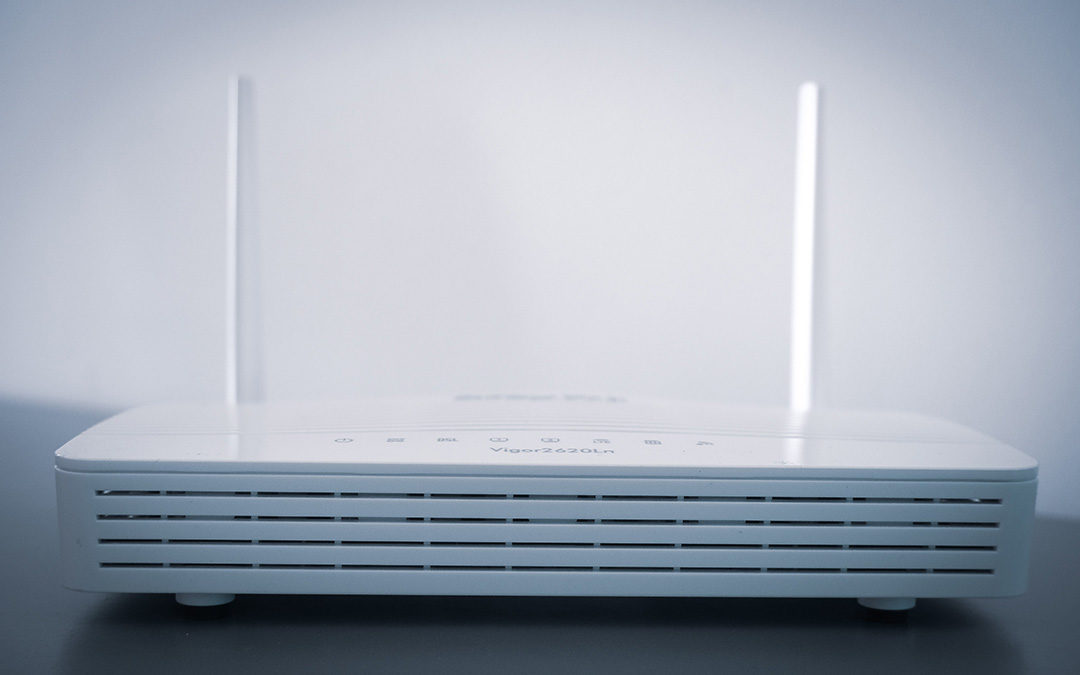A reliable internet connection is the key to the everyday running of a small business. Both Broadband and Ethernet are viable options, but they do differ in many ways. Understanding the advantages and disadvantages of Broadband versus Ethernet will help you decide which option is most suitable for your small business.
Advantages of ASDL Broadband
The most popular Broadband option is ADSL as it is available in almost all areas of the UK. This Broadband option provides good connection to the Internet with high data speeds. ADSL (Asymmetric Digital Subscriber Line) is delivered over phone lines connected to your local telephone exchange and offers greater bandwidth to download data. Its ‘Asymmetric’ nature will allow your small business to download lots of data very quickly and reliably.
Disadvantages of ADSL Broadband
ADSL Broadband has a very slow upload speeds though as it is a shared public network. Hence, when many users are using the Internet at the same time, connection speeds will drop quickly. As Broadband is delivered via copper telephone lines, ADSL often suffers signal losses. This is often influenced by environmental conditions such as storms and flooding. SLA’s (Service Level Agreements) for small business are also not normally favourable which will lead to problems as more of your business moves online.
Advantages of Ethernet
Ethernet normally links computers to a local area network (LAN) but it can be used to connect businesses to the Internet. Very high bandwidths can be reached. This can be provided by a dedicated network which means that your small business does not share bandwidth with any other users. Ethernet is normally delivered via fibre optic cables which have a reliable and stable connection meaning that you will experience downtime less frequently. It is an option that your small business can take advantage of if you work with high levels of data as you will have your own dedicated Internet connection which is faster and reliable at all times.
It is specifically designed to upload and download data at high speeds as it uses symmetrical data transfer technology. This is very important especially when using cloud-based services and FTP (File Protocol Services). Any faults can be fixed in a very short time as Ethernet SLA’s (Service Level Agreements) are very favourable for businesses. This means that you can expect fix times to be a few hours and a 24-hour help desk to be available to your business. Other features that are covered by Ethernet SLA’s are performance which incorporates the speed data takes to traverse the network (latency), variability in speed (jitter) and accuracy of data transported (packet loss). Applications can also be prioritised over others which is important if you need to use IP telephony or cloud-based services as a critical part of your business.
Disadvantage of Ethernet
The one big disadvantage of Ethernet is that it can be costly. To decrease this cost while taking advantage of Ethernet’s technology, you may want to consider a hybrid solution.
Hybrid Solutions
As a small business, connectivity is normally of primary importance, but costs will need to be kept at a reasonable level. A Hybrid solution provides the advantages of Ethernet at reasonable prices.
EFM (Ethernet in the First Mile) is an Ethernet solution that relies on multiple copper lines to connect your business with a dedicated connection to the exchange. It does have limited bandwidth, but it is a more reliable service than Broadband. This is due to the fact that if a fault occurs on one line, the service can still continue as EFM uses multiple lines.
FTTC Ethernet provides your business with a FTTC (Fibre to the Cabinet) connection. Your business connection has a dedicated Ethernet network. Performance is the same as fibre optic Broadband. It can be installed quickly but fault fixing times can be longer than EFM. It is cheaper than EFM but more expensive than Fibre Broadband.
Business-grade Broadband may be all your small businesses may need. This is a cheaper alternative and provides a good performance as the service provider will dedicate efforts to applications and peak demands of your business needs. SLA’s (Service Level Agreements) should concentrate on fix times and customer support as any time that your business is without Internet can impact your business negatively.
For more information and an obligation free discussion about how 4s Systems can help your business choose the best Internet option that will meet its needs please call us now on 0203 92 66 999 or click here

